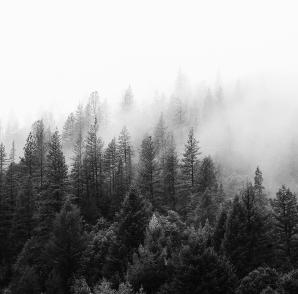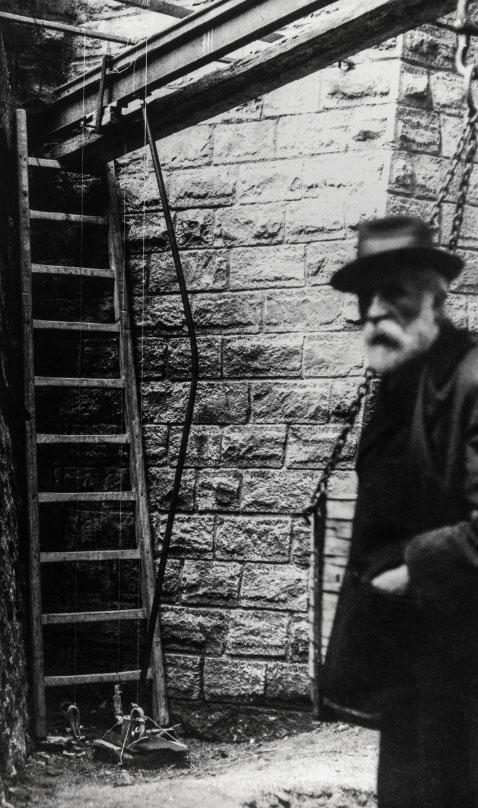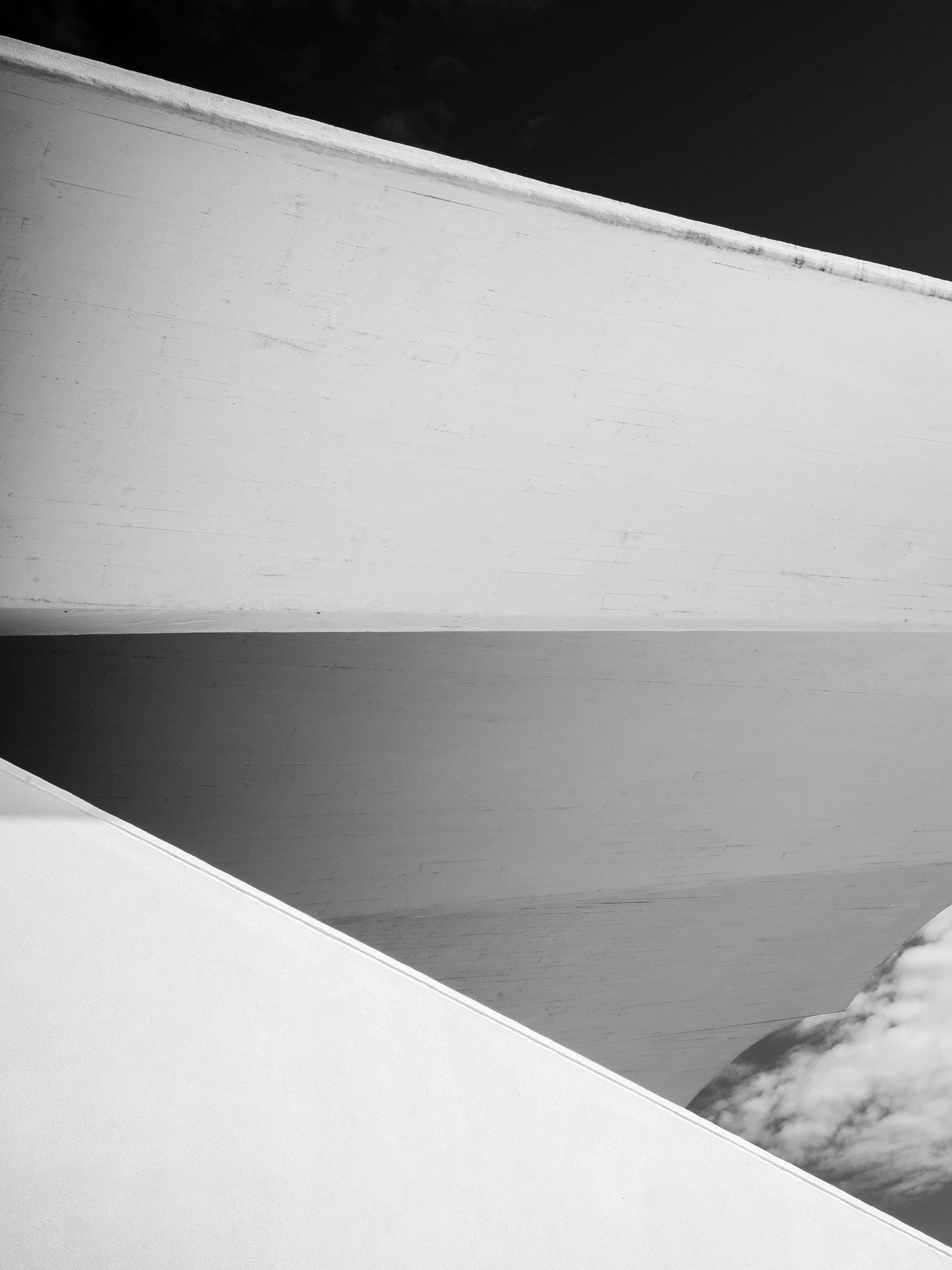
4 minute read
Antoni Gaudí
confess the tectonics, after all the plastering let itself get formed too. New conception of architecture was sought for, which did lead to the splitting of form and content. Material and structural essence of the building became a free canvas, aimed to independent up to visual expression. A free space for formal experiments emerged, independent from architecture style. New was also the fact, that the function of an architect and engineer were split up and were clearly distinguished, and so did the visual and technical draft of a project.
At the beginning of the century a new generation of architects emerged, who tried to dissociate themselves sharp from their predecessors, from the history of academic models. Wiener Secession represents the splitting of young painters and sculptors from offi cial art union, German Jugendstil – the style of young people who were inspired by the magazine Die Jugend, English Modern Style, french Art Noveau – new art. Different names in different countries, but everywhere the same base.
Advertisement
ANTONI GAUDÍ the architect as sculptor
One of the most signifi cant exponent of these times, Catalonian Antoni Gaudí, is very often mentioned as a Secession architect. Which certainly he was strongly inspired by, but his work is based on gothic principles with original constructive solutions based on knowledge of fractal geometry, with the impact of oriental art. He developed his unique organic style highly infl uenced by natural forms, symbolism, and emotions. The method of his work is rarely based on detailled plan drawing, but rather on trial and error system preferring to create scale models of plaster, which were very important aspect of his personal design process. Today´s architects continue in his footsteps, but nowaydays with the help of new technology such as 3D printing and robotic fabrication.
To do things right, fi rst you need love, then technique.
Antoni Gaudí
Nature & geometry The overlapping of nature and geometry is one of the strong characteristics of Gaudí’s work. The construction, form, and texture are highly structural, formed of bent curves such as parabolas and hyperbolas, geometrical forms, which were inspired by nature and not artifi cial abstraction. Gaudí’s greatness consists in his gift to connect architecture and spiritual contact with real objects in his surroundings. His aesthetic system is based on constant inspiration. His new ideas rest upon his own comments on his previous creations.
The beauty Gaudí was interested and tough about the principle of beauty since young age. During his studies, he came to the result that some objects are beautiful when the form is free from superfl uous aspects and in harmony with a functional material. The product has to be heterogeneous and the character of the piece perceptible.
Proportion & colour Proportion stands in intimate relation with creation and character, says Gaudí. To him, proportion means the balance of the particular components against each other and towards the whole, even so, the whole against the particular components. Regarding this, he refers to a detailed study of natural forms and technical facts of the present stand of development. In other words: the aesthetical properties of an object has to be in ratio with mechanical properties of the applied material. This is where the theory of colors results from. Natural forms aren´t monochrome, they present themselves in colors, therefore he feels it is important to color the architectural elements fully or partly. The color makes a difference between the importance of certain parts and makes the function visible. Elegance, says Gaudí, is the beauty, achieved with the least tools. Whether the expression of his work says so, it is up to anybody to consider.
Imagination & fantasy Gaudí explains why people from equatorial regions and regions around poles have developed a higher sense for fantasy. That´s because in the fi rst case of too much, in second of very little sunlight, so they perceive the reality differently and therefore developed a stronger imagination and abstraction, which manifests in art, literature, and philosophy.
restored and renovated workshop on site in full use
Truth trough study He says, there can be no beauty withouth truth, and to know the truth is impossible withouth study. Illumination The excellence of vision. He had a great sense of light, the intensity of the light, the direction of the rays and its impact on structure. Art can appear different depending on the lighting. The Sagrada Familia is a great architectural example, how the different times of the day, depending on how the sun rays hit the facade, and even different weather conditions can cause different expressions. The interior is changing every fi ve minutes with the movement of the sunlight.
This and a lot of other aesthetic ideas, such as character, expression, Mediterranean factor of beauty, emotions, synthesis, unity, geometric forms, supporting and supported elements, new aesthetic, textures he described as solo topics and are very noticeable in his artworks. Let´s have a look at one of the world icons, the most visited building in Barcelona.










